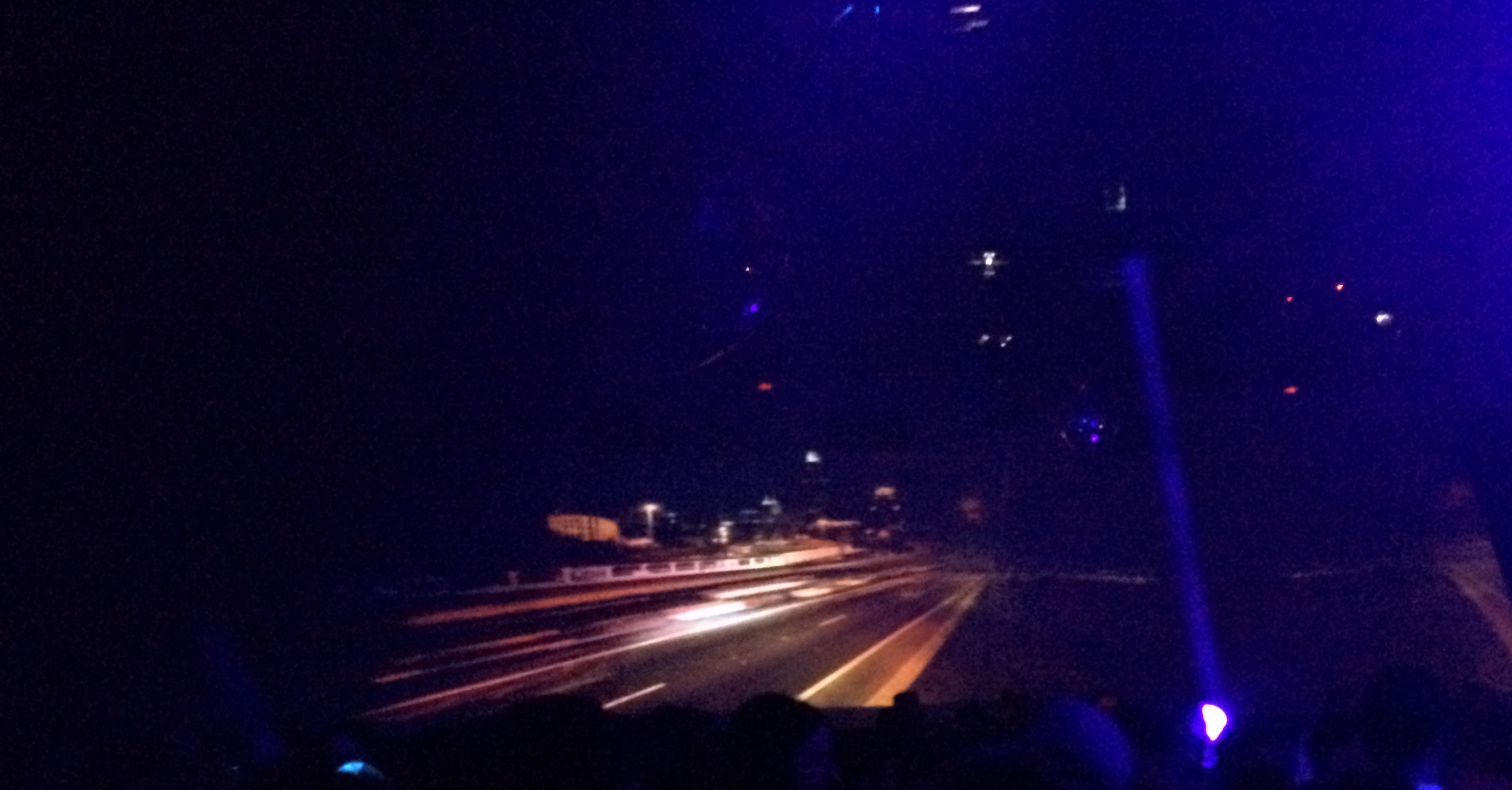
Uploaded on 2017-01-17 by Daryl King
Children are guided towards adulthood by the introduction of complex ideas, just as the fabric of the landscape was molded into New York City. As children, the citizens of New York City may, or may not, learn English as their first language. Whether they do or not, their grammar lessons will start with nouns. People learn that nouns refer to people, places, and things, lacking the full concept of personhood, interaction with a physical space, and the objects that occupy a particular space. This occurs without acknowledging the actions that also take place. During later stages of life, they will be introduced to various abstractions of “the noun.” All of the various ethnicities identified in the “People” category above are the stock of New York City and add to the general abstraction of what defines a New Yorker. The diversification of the New York City demographic allows the city to stand out amongst other cities in the United States of America. Immigrants were first processed through New York City before they could access the USA, through New York City people became American. New York City is fortunate to have more history than any other major city in the United States of America. This stock of history resides in the original Dutch neighborhoods, accompanied by higher education schools, the subway, skyscrapers, major museums, Central Park, the Plaza Hotel, the High Line, the Statue of Liberty, and the Empire State Building. These are all stock that generate a tremendous amount of flow through New York City, whether it be foot traffic or critical income. Times Square, major department stores, and the Theater District are all places that generate a significant amount of flow into New York City. However, Times Square is an example of a location that generated characteristics that could easily be transferred to other spaces in the city. The flow of tourists, and the people who commute to New York City to work on a daily basis, from the Tri-State area, have also expanded the city from the original limits to borders outside of the official ones that define the New York City domain. Overall the city is governed by the aesthetic of factories, many of which have been repurposed into spaces that the general public can access, transferring from flow into stock. Fire Escapes, interestingly enough, adorn the exteriors of many buildings in New York, which is a feature, a stock, that is unique to the city landscape. Due to the significant amount of people in New York City, there is a constant flow and exchange of ideas and information to inform the creative/ design industries and communities. Altogether New Yorkers enjoy this stock alongside the sight of yellow taxies bustling people back and forth. The stock of people within the city are fueled by food trucks, a premier food industry, and coffee. Some of the ingredients may not be native to the surrounding area, imported from areas across the globe, but they contribute to a the continuation of three stocks, which New York City is dependent upon. Most importantly, New York City would never be the same if it was not referred to as “The City that Never Sleeps.” This title refers to the 24 hour access and privileges granted to anyone within the domain of New York City. It requires an able police force and infrastructure. Some of these stocks exist throughout the city, whereas some are more exclusive to Manhattan Island. In the near future, residents and guests of New York City will see the flow of benefits afforded to Manhattan spreading throughout Brooklyn, first starting with the neighborhoods closest to Manhattan Island. This flow and exchange of ideas echoes the original growth of New York City from New Amsterdam to the present day. It will continue to happen until the share of stock is mutually shared between the two boroughs of Manhattan and Brooklyn. The most immediate result will feature similar, if not even more exponential, growth in other surrounding areas, e.g. Queens, the Bronx, and Staten Island, and then throughout the outer lands of the Tri-State area.